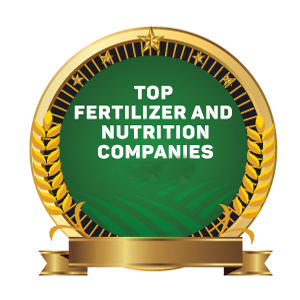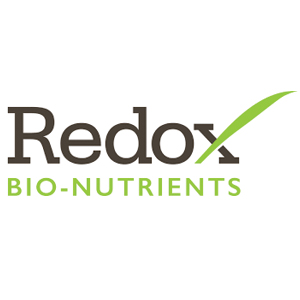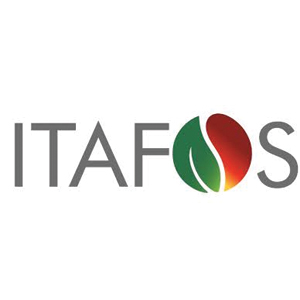\\\\ Top Fertilizer and Nutrition Companies \\\\
\\\\\\\\\ Top Fertilizer and Nutrition Companies \\\\\\\\\
-
Natures Formula
Natures Formula is a Texas-based company specializing in microbial fertilizers and probiotic livestock products to enhance soil health and animal wellness. It focuses on sustainable, eco-friendly agricultural solutions with expert support and custom blends, made in the USA.
-
Aqueus
Aqueus delivers sustainable and regenerative soil amendment solutions, rooted in farmer insights. Backed by rigorous on-field trials, the company builds protocols that work for farmers. Its products are powered by novel agricultural chemistry, increasing crop yields in an environment-friendly and cost-effective manner.
-
Falcon Isle Resources
Falcon Isle Resources supplies premium, certified organic rock phosphate from its Utah mine, helping farmers and distributors boost yields, restore soil health, and meet strict organic standards through sustainable mining, precise sizing, and strong customer partnerships across the U.S. and Canada.
-
Redox Bio-Nutrients
Redox Bio-nutrients is a pioneering plant nutrition company focused on precision, sustainability and real-world results. For over 30 years, Redox has developed botanical-based products that help crops thrive under stress, optimize nutrient uptake and improve farm profitability while respecting the land and advancing sustainable agriculture.
-
EZ-Gro
EZ-Gro specializes in manufacturing and distributing agricultural specialty nutrients, biostimulants and plant stimulators. With a wide range of certified products, the company helps growers meet plant health needs quickly and effectively, ensuring every formulation perfectly matches its intended agricultural application.
-
Itronics Inc.
Itronics Inc. (OTCPK: ITRO), a company born from photographic waste and shaped by decades of research and development, has developed a breakthrough in plant nutrition—a series of liquid fertilizers that don’t just feed plants, but change how they grow.
-
Itafos
Itafos is a vertically integrated phosphate producer operating in Southeast Idaho and Northern Brazil. Focused solely on phosphate, it delivers reliable, high-quality fertilizers through reinvestment, strong leadership, and customer engagement, ensuring consistent supply to support farmers and the global agriculture industry for decades to come.
-
Agrifos
Agrifos develops sustainable crop nutrition solutions, offering Col Phos, an organic, untreated soft rock phosphate mined in Bone Valley, Florida. OMRI-certified, The company bridges the gap between high crop yields and environmental consciousness, supporting organic farming practices for healthier, more productive soils.
-
Nitron
Nitron is a global trader of chemical and agricultural fertilizers, specializing in nitrogen, phosphates, potash, and specialty blends. The company is committed to ethical business practices, providing excellent service while adhering to laws and regulations across the countries it operates in.
-
Summit Nutrients
Summit Nutrients is a precision-based technology company specializing in advanced crop nutrition solutions. Using proprietary technologies like nanobubble, biostimulant, and chelation, it enhances nutrient efficiency, reduce inputs, and improve plant responses, driving higher yields and ROI across more than 5 million acres globally.



















